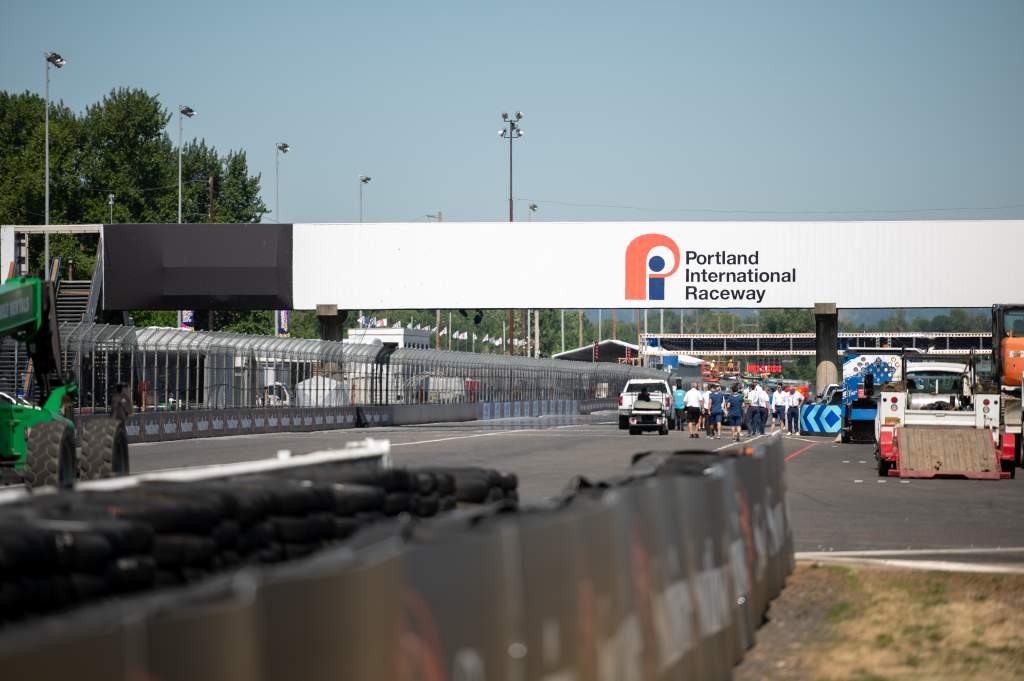We already know that Formula E’s first ever Portland E-Prix on Saturday will be a race no one will want to lead.
But the 28 laps of multi-overtaking chaos and conjecture is set to make recent peloton races in Formula E look timid and tame.
That is the feeling from a paddock abuzz with frenetic activity of anticipation. Mahindra’s Lucas di Grassi told The Race, rather off the cuff on Thursday morning, suggested the event would smash all overtaking records in any given motor race. Whether that turns out to be true or not, and it’s doubtful an accurate figure actually exits, the bigger question is how it will engage fans watching it across the world.
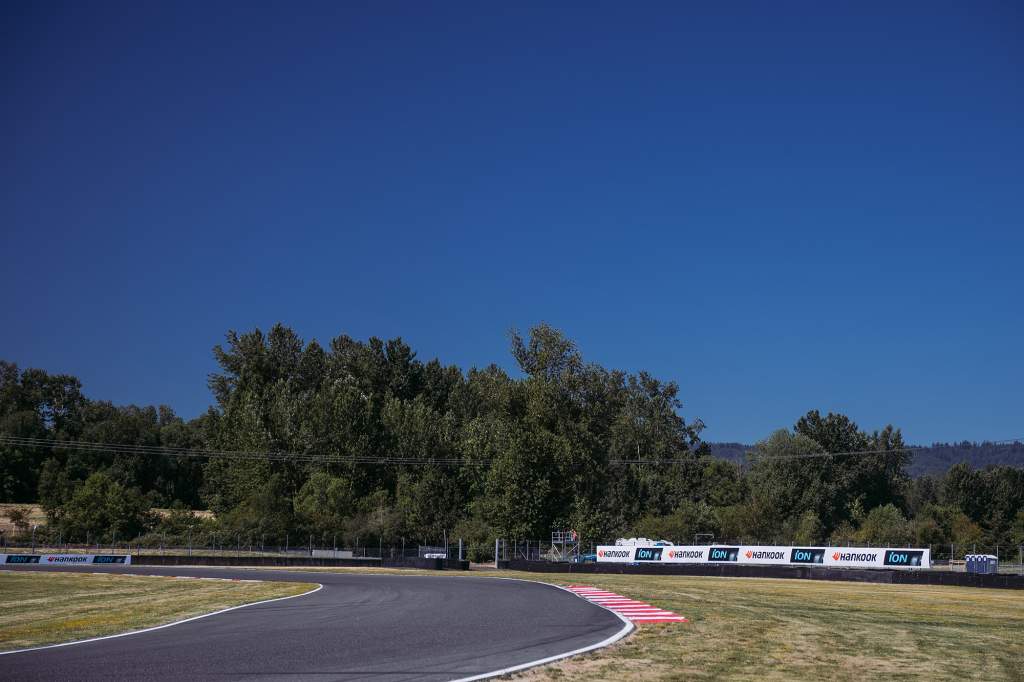
“Nobody is going to be wanting to lead, which is obvious,” Nissan’s Sacha Fenestraz told The Race.
“But this time it’s going to be even worse because the tow effect, being behind a car, is huge.
“Even the leader, it’s very bad for him if he’s leading the race for a couple of laps. Someone will need to lead but…”
Fenestraz’s voice tails off and he then stares into space. This race will be like no other, even in the often surreal world of Formula E.
We’ve become used to energy-saving peloton races in the Gen3 FE era, where leading races has become a huge headache for energy usage given how much can be saved in the slipstream and drivers have spent races in tentative packs before unleashing their performance at the end.
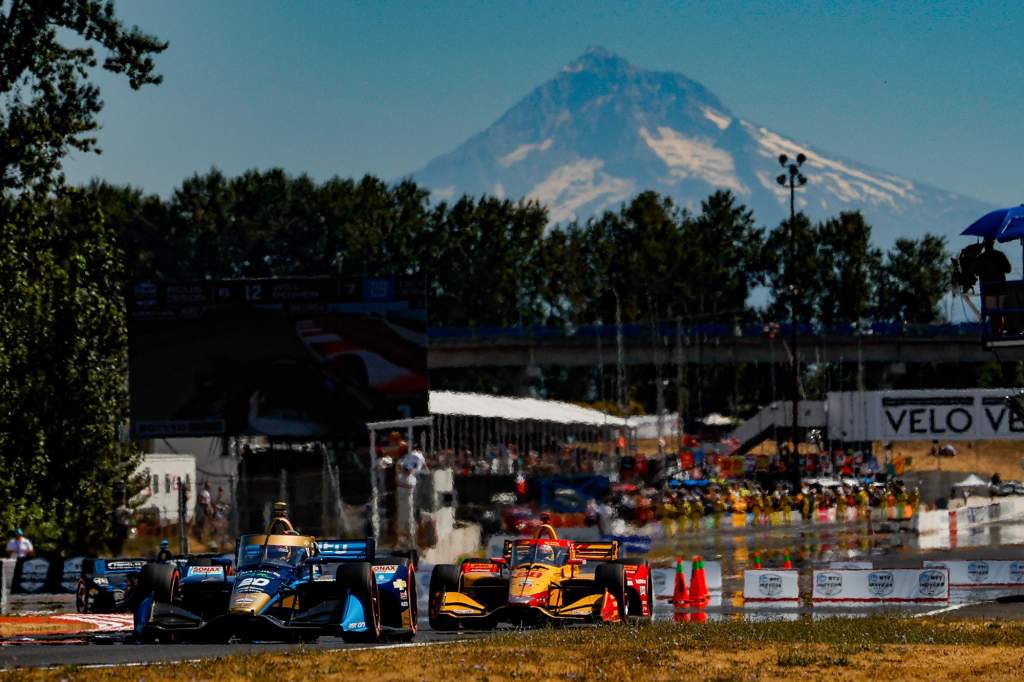
Portland will accentuate that to a huge degree due to the lack of heavy braking points on a flowing circuit that – bar a chicane profile tweak – is basically in its traditional IndyCar specification for its first appearance on the FE calendar and hence opportunities to lift-and-cost as much as would be done at more traditional Formula E tracks are lacking.
The irony is that Portland is effectively replacing the Red Hook, Brooklyn circuit in New York City, a circuit with bountiful regen areas amid the landscape rich, atmosphere poor environs of the Big Apple.
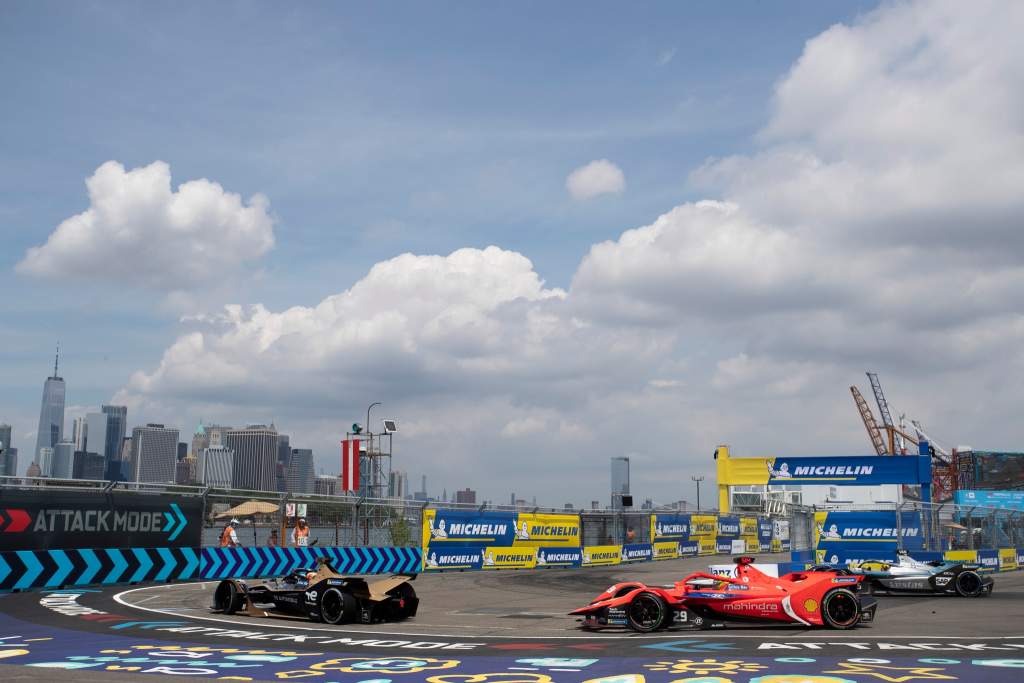
The nature of the Portland International Circuit, with high-speed combined loads that have not been seen before in Gen3, will mean a huge amount of energy saving but it will have to be cute amid the 22-car peloton. Not having the same opportunity to regenerate as per traditional Formula E tracks will play havoc with energy management strategy.
As live data is relayed from driver to team and back again, that strategy will be changing so much throughout Saturday’s race that reading what the peloton is doing from an energy distribution point of view will inevitably invite jeopardy and risk amid the thrashing snake of cars.
“It creates a variable where it’s almost like your preparation in the sim is a bit null and void,” says Maserati MSG team principal James Rossiter.
“This creates a bit of chaos. It’s what we saw in Berlin, and suddenly it smoothed out when [Nick] Cassidy hit the front, and he realised that he could get away and hit the energy numbers.
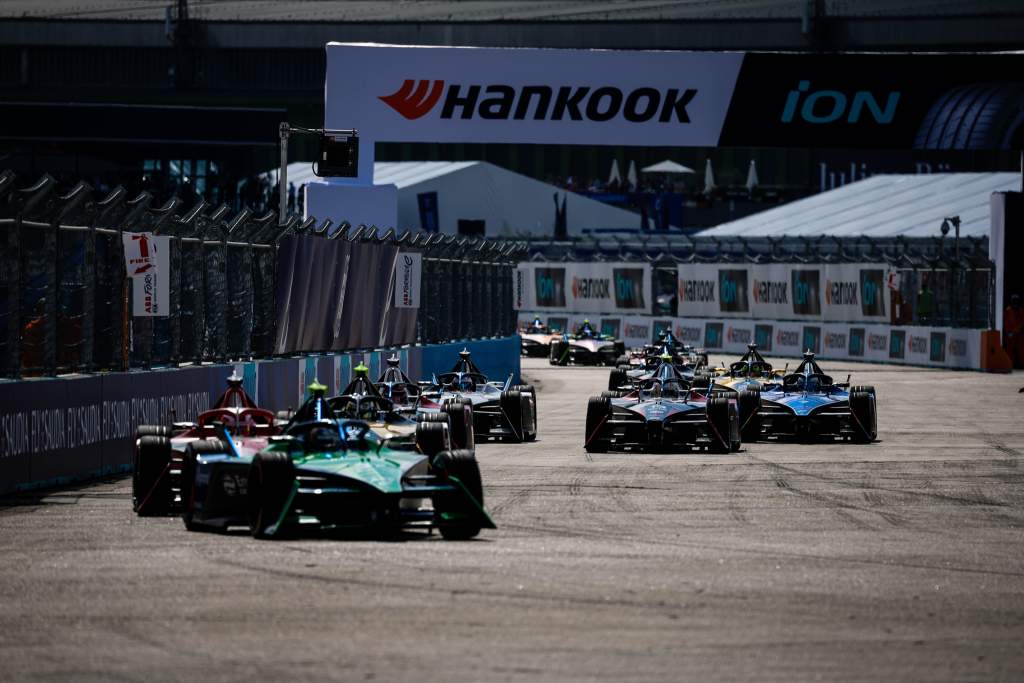
“Jakarta was a bit different, we realised quite quickly that we could hit numbers where we could break away from the train.
“This is something that I’ve pushed Max [Guenther, Jakarta race two winner] very hard to do and it worked perfectly.
“But I don’t think we’re going to see the same race here. No one’s going to be able to break away. So, it’s going to be a lot of ‘who can save the most amount of energy?’”
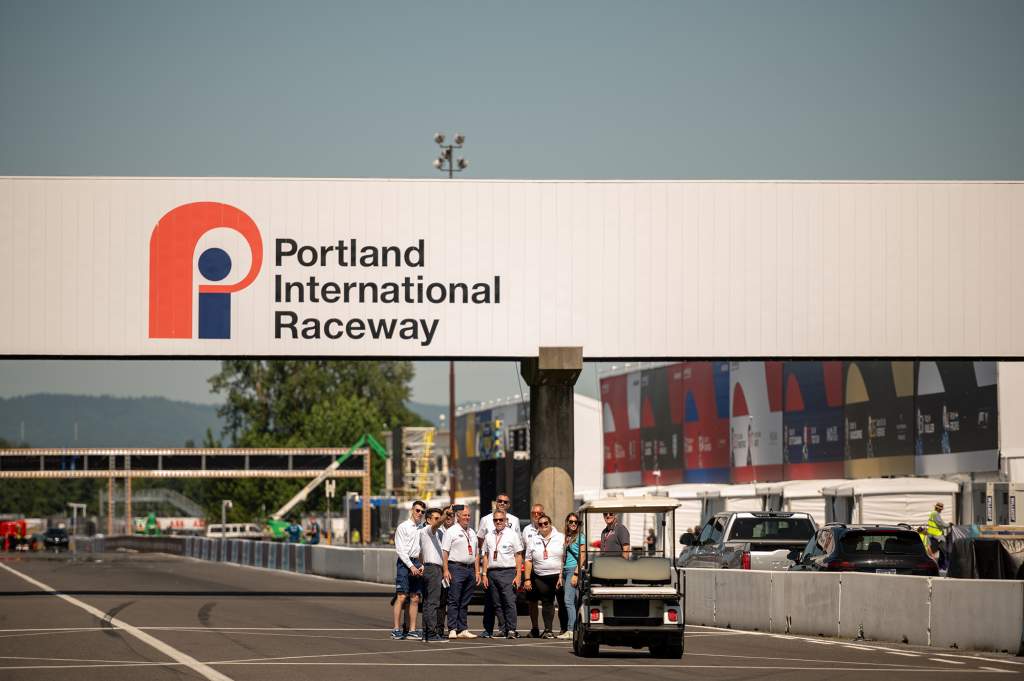
Drivers are braced for the challenge ahead at Portland. Inevitably there’ll be a degree of watching the title protagonists’ backs for their team-mates. Antonio Felix da Costa, Sam Bird, Sebastien Buemi and Andre Lotterer will have complex roles to play as they protect and promote Pascal Wehrlein, Mitch Evans, Nick Cassidy and Jake Dennis respectively.
That apart, the drivers are vibing off a kind of curious apprehension for the Portland E-Prix. There is a feeling in the air that this race will be unique, even by Formula E standards.
“I think we’re all a bit… apprehensive isn’t the word but like, we were expecting a very special race,” McLaren’s Jake Hughes tells The Race.
“Let’s say we’re expecting, numbers-wise, probably the most energy-sensitive race I think Formula E has ever seen so far.
“We’re half expecting everybody to have the same mindset, which is we don’t want to lead, so it’s maximum energy saving, and we then use it in the last 10 laps.
“But if everyone’s got that same strategy, it’ll be quite a special race to watch on TV.”


